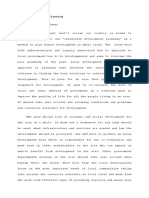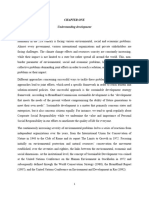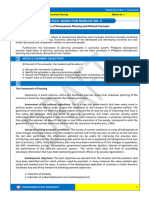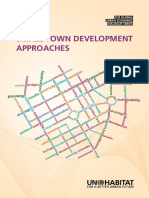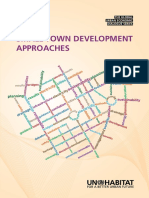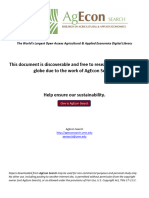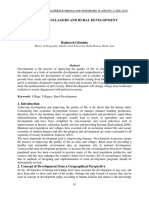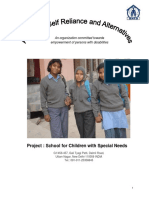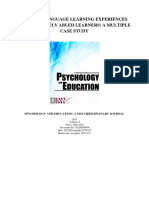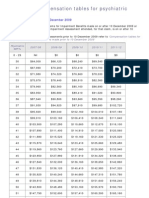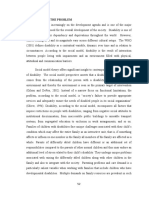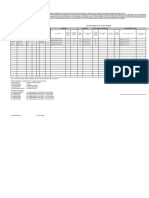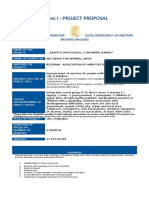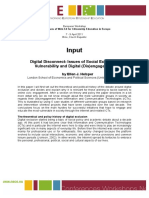0% found this document useful (0 votes)
32 views11 pagesChapter Ii JS
The document discusses the importance of development planning at various levels in the Philippines, emphasizing the need for structured strategies to promote economic growth, social equity, and sustainability. It highlights the roles of different government bodies, from national to local levels, in creating development plans that address community needs while integrating participatory governance. Additionally, it identifies gaps in existing literature regarding grassroots planning and advocates for localized analyses to ensure development strategies effectively meet the needs of constituents.
Uploaded by
Jhourshaiqrylle Wynch LozadaCopyright
© © All Rights Reserved
We take content rights seriously. If you suspect this is your content, claim it here.
Available Formats
Download as DOCX, PDF, TXT or read online on Scribd
0% found this document useful (0 votes)
32 views11 pagesChapter Ii JS
The document discusses the importance of development planning at various levels in the Philippines, emphasizing the need for structured strategies to promote economic growth, social equity, and sustainability. It highlights the roles of different government bodies, from national to local levels, in creating development plans that address community needs while integrating participatory governance. Additionally, it identifies gaps in existing literature regarding grassroots planning and advocates for localized analyses to ensure development strategies effectively meet the needs of constituents.
Uploaded by
Jhourshaiqrylle Wynch LozadaCopyright
© © All Rights Reserved
We take content rights seriously. If you suspect this is your content, claim it here.
Available Formats
Download as DOCX, PDF, TXT or read online on Scribd
/ 11
